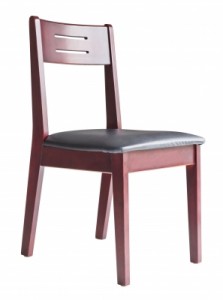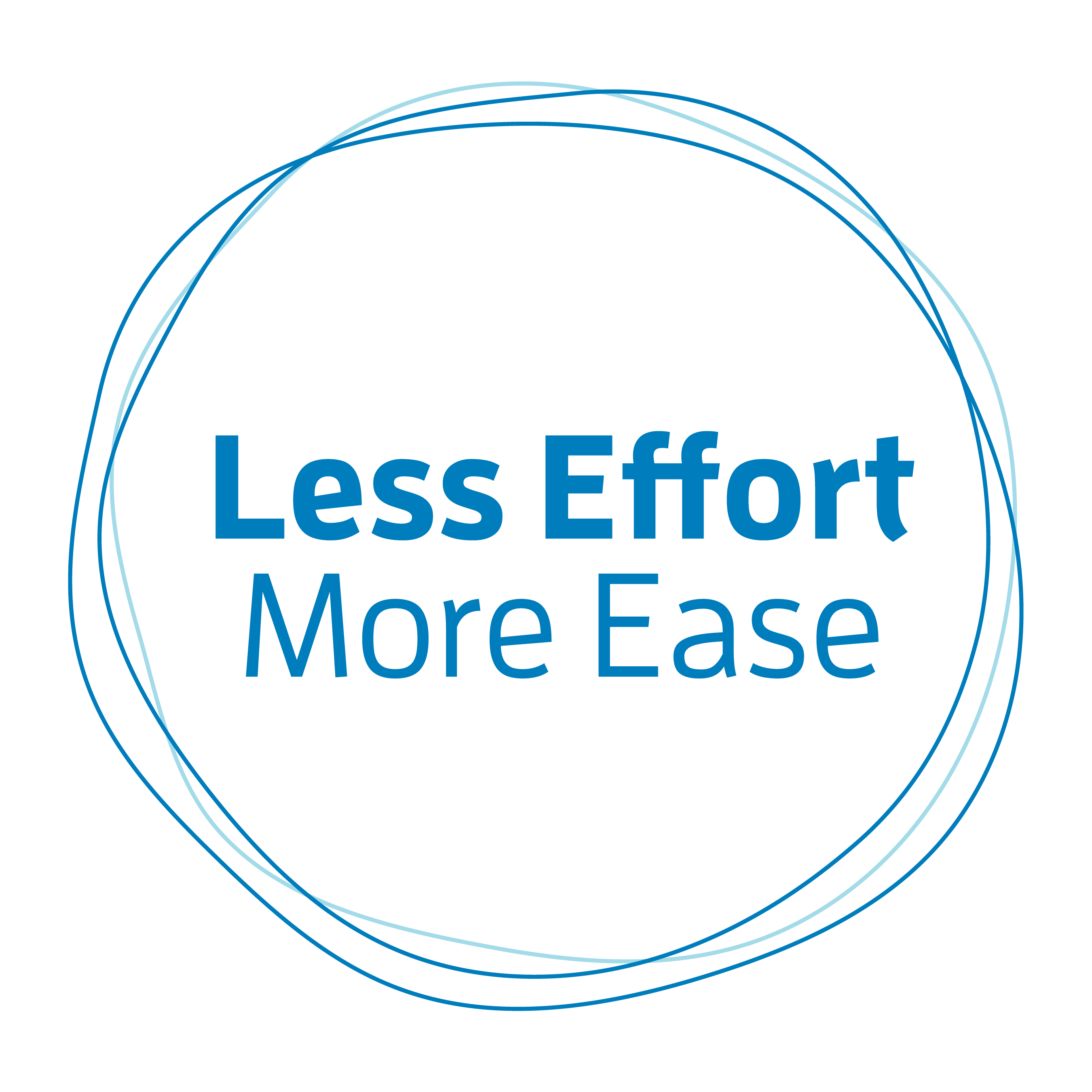I gave a lesson recently to a woman in her mid 80’s who has been dealing with pain in her right hip and sciatic pain down her right leg.
I worked with her moving from sitting to standing and back to sitting on a simple wooden chair. This is a very traditional procedure used by many Alexander teachers and is known as chair work.
If you observed an Alexander teacher working with a student in this way for the first time you would be excused if you left thinking that Alexander lessons are all about learning to sit and stand correctly
Far from it.
The chair work is actually a framework for observing habitual reactions and learning to fine-tune our overall support and coordination in the fundamental human activity of raising and lowering the body in space—an activity that plays into almost everything we do.

Chair Work is a procedure used by many Alexander teachers to explore how anticipating or thinking about doing something often causes us to react with maladaptive patterns
After I watched her sit and stand a few times I asked her to sit down. I asked her to move to the front part of the chair and show me how she got ready to get up.
She placed her hands on the seat of the chair, hunched her shoulders up towards her ears, and pulled her head back and down towards her body. Although she didn’t realize it her thought “I am going to stand up” was associated with fear of pain. And that fear triggered her physical reaction.
And the attitude that her body took in that reaction was less than helpful in getting out of the chair. More important than anything she was compressing the weight of the head (10-12 lbs) down onto the spine, which makes movement more difficult. Sort of like putting the emergency brake on when you want to drive the car forward.
As we talked about it a bit she understood that the fear was that standing up would hurt and that the whole movement was going to be difficult.
So, I asked her to stop at the front of the chair. We explored many times how her thought “I am going to stand up” triggered a habitual reaction in her until she was familiar with the reaction.
Then we practiced stopping and what I often call un-getting ready (I know it almost sounds like a word from Alice in Wonderland) or letting go of her getting ready-to-stand reaction.
Instead of thinking the thought “I am going to stand up” I guided her to think through the direction she wanted her head and spine to move in. She agreed she had to travel from over her seat to over her feet which translated to forward and upward. An easy way I get some people to think about this in initial lessons is to place an imaginary light on the top of their head and shine it forward and upward.
Then we were back sitting again and she said, “OK let me see, I’ll come to the front of the chair. And I’ll stop so I can un-get-ready. And then instead of thinking I’m going to stand up, I’ll think of shining the light on the top of my head Forward and Upward. And then…I’ll get out of the chair.”
And that there was the problem.
With that one thought “I’ll get out of the chair” she was back into the habitual reaction—she hunched her shoulders up towards her ears and pulled her head back and down towards her body. So, we started the process again.
It may seem tedious at first.
But in order to change habit you have to slow down below the speed of habit.
The Alexander Technique teaches you how to first become aware of your habitual reaction and a process for how to change the ones that are unhelpful, which can have countless applications.
I will be taking a holiday break from writing the blog until just after the New Year. Look for the next post on the first Tuesday of 2016. Happy Holidays!
Image of man with thought bubble: ChristianChan/Shutterstock: ; Image of chair courtesy of Feelart at FreeDigitalPhotos.net




